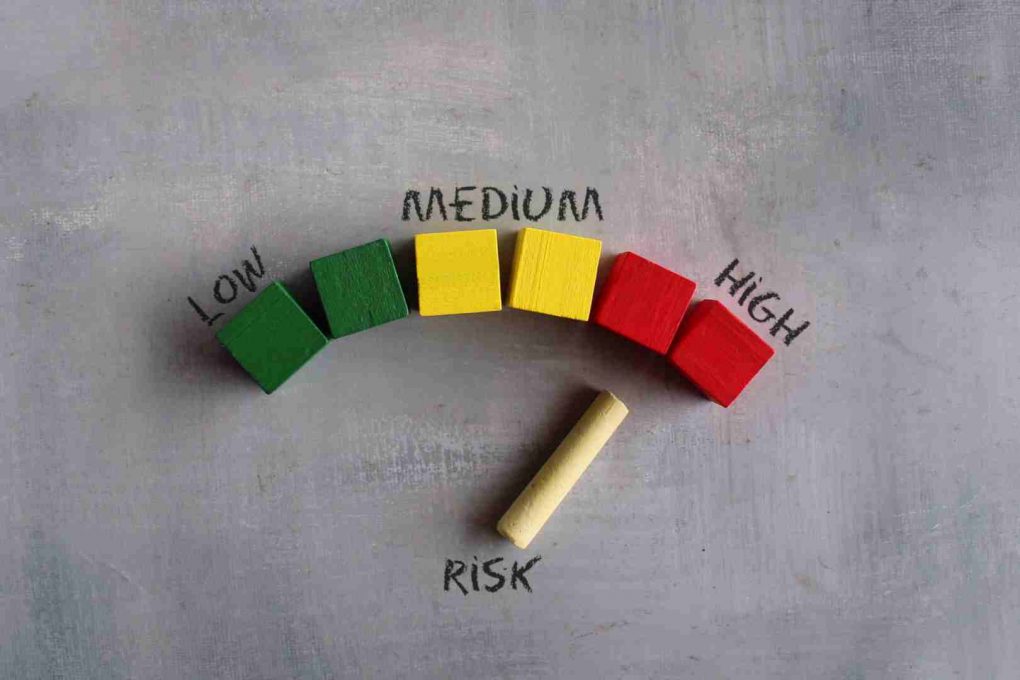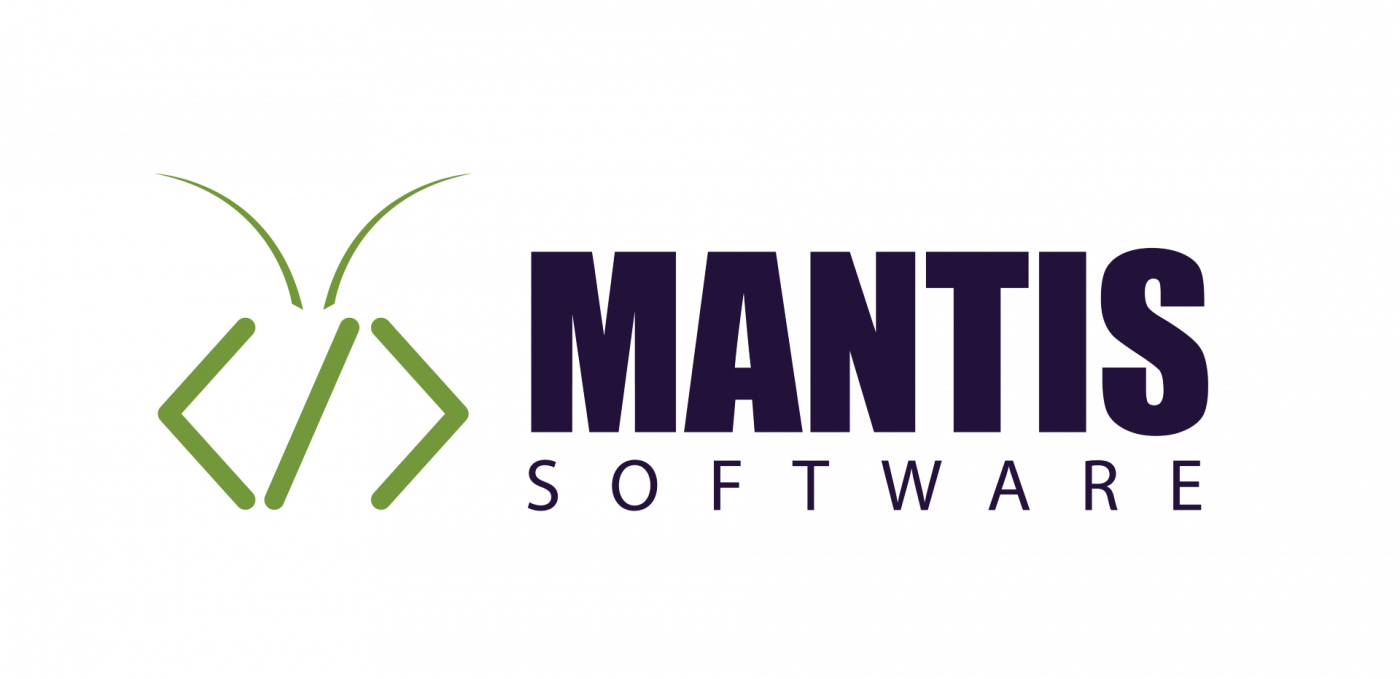The growing importance of psychosocial risks at work

The psychosocial risks in the workplace have experienced an increase since the beginning of the pandemic. These risks refer to situations or events related to the organization of work that can have a significant impact on the mental and physical health of workers.
It is of utmost importance to give the same importance to mental health care as to physical health care.
These risks can affect the fundamental rights of the worker, such as their personal integrity and dignity, and have global repercussions on their health and mental well-beingThey can cause changes in cognitive, emotional and behavioral processes, which can trigger major mental disorders.
Psychosocial factors at work
They are conditions organizational and social of work that can have both positive and negative aspects. They are characterized by being extended in space and time, and can affect other occupational risks, such as those related to hygiene or ergonomics.
They are often difficult to measure objectively and have little legal coverage, making intervention difficult.
What are the main psychosocial risk factors?
These include working hours, autonomy, workload, psychological demands, task variety, participation and supervision, employee interest and compensation, role performance in the workplace, and social relationships and support. These aspects can influence the emotional and mental well-being of the workers and therefore must be appropriately considered and addressed in the work environment.
The evaluation of the psychosocial risks It is vital and there are various methods and tools to understand the risk conditions in specific groups.
What is the role of prevention delegates in the assessment of psychosocial risks?
The prevention delegates They can suggest the most appropriate assessment method to address real problems in the company. It is their responsibility to accompany the evaluator and make relevant observations.
The process begins with job observation and identification of the positions to be evaluated. Data is then collected through questionnaires to the workers. The results are analyzed and proposed preventive measures.
If necessary, individual or group interviews are conducted to obtain more information and suggest preventive measures.
Prevention delegates must have access to information on the risk assessment and be consulted on the measures to be taken. In addition, they monitor the effectiveness of these measures through annual prevention planning, recognizing that the psychosocial intervention it may take time.
The main psychosocial risks
They include stress, burnout, technostress, mental fatigue, workplace violence and harassment, which can affect health and well-being at work.
He work stress It is characterized by emotional, cognitive and physiological reactions to adverse aspects of work. It can cause various disorders, although there is no specific legislation on the subject.
The syndrome of burnt out worker It is a pathology related to negative working conditions, manifested by emotional exhaustion, depersonalization and low personal fulfillment. It requires preventive measures at the level organizational, interpersonal and individual.
What is technostress?
The tecnostress This is when you feel overwhelmed or anxious about using new technologies or thinking about how you will use them in the future. There are several types:
- Technoanxiety: is when you feel tense and stressed by current or future use of technology.
- Technofatigue: you feel mentally tired Because you use technology, you may also be skeptical about its effectiveness.
- Technoaddiction: you feel the need to use technology all the time and for long periods.
To prevent the technostress, companies can use strategies such as providing information and communication, offering training on the proper use of technology, and allowing workers to participate in decision-making.
Work fatigue is when you feel exhausted due to your work responsibilities, but it can be solved with a good rest. It can also affect your ability to mental and physical.
Companies can help prevent worker fatigue by improving working conditions and adjusting the tasks they perform. Workers can prevent it by strengthening their ability to resist it, taking care of aspects such as diet, sleep and exercise.
Workplace violence
Include any action that makes you feel assaulted, threatened, humiliated or wounded in your place job. It can be of different types:
- External violence, from people who are not related to your work.
- Violence from clients or users you serve.
- Violent acts by colleagues or superiors at work.
Workplace bullying
It is a form of violence at work which is distinguished by its specific characteristics. It is defined as any unwanted behavior that aims or results in affecting the dignity of the working person and creating an environment intimidating, humiliating or offensive.
It is important to note that harassment must be continuous over time to be classified as such.
People who suffer from workplace bullying may experience anxiety, stress, low self-esteem, and physical and mental health problems. To identify a bullying situation, it is necessary to take into account objective aspects, such as the existence of behaviours repeated hostile, and subjective, such as the intent to harm and the individualized approach of the stalker towards the victim.
He workplace bullying can have legal, administrative, civil and criminal consequences for the harasser and the company, especially if the latter does not take measures to prevent or stop it. If someone experiences harassment at work, it is recommended to report it within the company and, if necessary, to the relevant authorities.
He sexual harassment, On the other hand, it refers to any verbal or physical behavior of a sexual nature that affects the dignity of a person, creating an intimidating or degrading environment. This type of harassment is classified as a crime in the Criminal Code and can manifest itself in a variety of ways, such as unwanted physical contact, inappropriate emails, or sexual comments.
To prevent the harassment In the workplace, companies can implement clear policies and procedures, disseminate anti-harassment messages, provide training on gender equality and establish safe reporting channels.
Source: https://www.inesem.es/revistadigital/gestion-integrada/riesgos-psicosociales/


